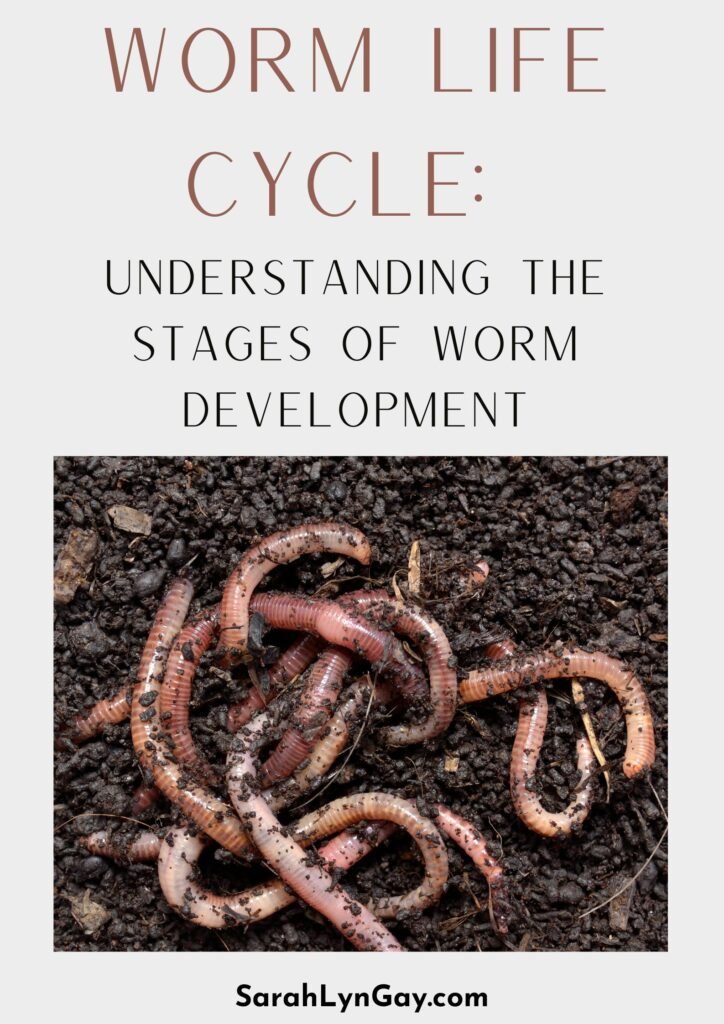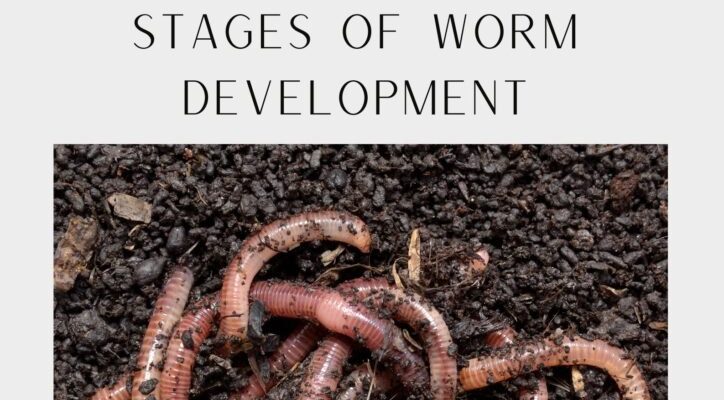
Now, you might be wondering why these timelines matter. Understanding when and how these larvae develop across different host species can provide crucial insights into their lifecycle and help us manage wildlife health more effectively. So, let’s dive right in and explore how these wolf worms develop over time, how they interact with different hosts, and why it’s all important.
What Are Wolf Worms?
Let’s start from the very beginning: what exactly are wolf worms? These are the larvae of bot flies, belonging to the *Cuterebra* genus. The adult female bot fly lays its eggs near the entrance to small mammal burrows. When a suitable host, like a rabbit or a rodent, brushes against the eggs, the larvae hitch a ride into the host’s body. From there, they burrow under the skin, where they grow and develop.
Wolf worms are fascinating yet peculiar creatures. While they may sound scary, they play an essential role in the ecosystem by helping control small mammal populations. However, their presence can also lead to health issues for their hosts, leading to concerns for wildlife management and veterinary care.
Development Timeline Overview
The development of wolf worms varies depending on several factors, including the host species and environmental conditions. Generally, the lifecycle consists of an egg stage, a larval stage, and a pupal stage. Here’s a brief overview of how this development timeline unfolds:
- Egg Stage: First, the adult female lays her eggs, often in the summer. Depending on the temperature and humidity, this can take a few days to hatch.
- Lava Stage: Once the larvae hatch, they enter the host, usually through the skin. This stage lasts several weeks as they feed and grow.
- Pupal Stage: After maturing, the larvae will exit the host to pupate in the environment, usually taking a few weeks before emerging as adult flies.
Understanding these timelines gives insight into how these creatures affect the host species they inhabit.
Wolf Worm Development in Rabbits
Rabbits are one of the common hosts for wolf worms, and their interaction is quite intriguing. The development timeline for wolf worms in rabbits typically follows the pattern mentioned earlier, but it can vary slightly.
In rabbits, the **egg stage** happens during the warm summer months. When temperatures are perfect, usually around 70°F (21°C), the eggs hatch within a few days. Once the larvae enter the rabbit, they begin to grow under the skin. This **larval stage** lasts about 4–6 weeks, during which they can cause noticeable health issues for the rabbit. Symptoms might include swelling at the entry point and general lethargy.
After they’ve matured, they will exit the rabbit, often leading to an observable hole in the skin. This is when they transition into the **pupal stage**, where they can remain in the environment until conditions suit them to become adult flies. The whole process can take anywhere from 6 to 8 weeks depending on environmental conditions.
Wolf Worm Development in Rodents
Rodents also serve as hosts for wolf worms, but their development timeline differs a bit due to their smaller size and quicker metabolic rates. The **egg stage** still occurs in the summer, where environmental conditions play a significant role in hatching. The larvae can enter the host through the skin or even through the respiratory system.
Once inside, the **larval stage** continues for about 3–4 weeks, slightly shorter than in rabbits. During this time, you might see signs like localized swelling or abscesses, which can lead to infection if not treated promptly.
After maturing, the larvae exit the rodent in search of a place to pupate. This stage can last about 1–2 weeks. Overall, the full lifecycle in rodents can take around 5–6 weeks, showing just how adaptable these larvae are.
Factors Influencing Development Timelines
You might be curious about what influences these development timelines. Several factors come into play, and understanding them can help shed light on wolf worm behavior and their impact on host species.
- Temperature: The warmer it is, the faster the wolf worms develop. They thrive in temperatures around 70°F (21°C) during their larvae stage.
- Host Species: Different hosts have varying resistance levels and recovery times, which can affect the duration of the larval stage.
- Environmental Conditions: Humidity and availability of suitable pupation sites can also impact how long wolf worms take to develop.
By keeping an eye on these factors, researchers can better predict wolf worm behavior and manage the health of wildlife populations.
Why Understanding These Timelines Matters
So, why is it important to know about wolf worm development timelines by host species? For one, it sheds light on wildlife health and helps veterinarians diagnose potential issues in affected animals. Knowing when to expect wolf worms can lead to better prevention and treatment methods.
Moreover, it contributes to managing ecosystems effectively. For example, if wolf worm populations surge, it can lead to declines in small mammal numbers, which can ripple through the food chain. Understanding their development not only helps in wildlife management but also fosters better relationships between humans and wildlife.
In conclusion, the development timelines of wolf worms by host species are a testament to nature’s intricate balance. Whether in rabbits or rodents, these fascinating larvae play a unique role in the ecosystem, showcasing the complexities of life. By understanding their lifecycle—from eggs to pupae— we can better appreciate the delicate relationships within our natural world. It’s a reminder that even in the circles of life where discomfort may arise, there’s an elegant system at play, waiting for us to explore and understand.

